They Came From Outer Space to Crash on the Couch: Alien Roommate Sitcoms of the ’80s and ’90s
Back in the '80s and '90s, American television didn’t need dark sci-fi dystopias or high-budget alien invasions. It needed something better. Something weirder. Something furrier.
It needed aliens living in our homes.
In the greatest subgenre nobody asked for but everyone remembers, TV gave us intergalactic visitors who moved in with human families, disrupted suburban routines, and tried to figure out why Earthlings put pineapple on pizza. These weren’t aliens bent on world domination. They were more interested in laundry, babysitting, and awkward dinner conversations.
Let’s beam back to the golden age of sitcoms about aliens who became unexpected roommates.
Mork & Mindy (1978–1982)
Episodes: 95
Network: ABC
Before the 1980s even kicked off, the alien houseguest genre had its big bang moment. Spun off from Happy Days (yes, really), Mork & Mindy launched the career of Robin Williams and brought a whirlwind of cosmic chaos to Earth.
Mork, an alien from the planet Ork, is sent to Earth in a giant egg-shaped spacecraft to study human behavior. He ends up rooming with Mindy, a young woman in Boulder, Colorado, who reacts to his bizarre behavior with an almost alarming level of chill.
Mork sits on his head, talks to his finger, and signs off his reports to his alien boss Orson with wild philosophical ramblings. The show mixed slapstick, improvisation, and heartwarming moments, all driven by Williams' unpredictable comedic genius.
Fun Fact: The producers didn’t give Williams a script during his audition. They just told him to act like an alien. He did. They hired him on the spot.
Alien mission result: Cultural legend status unlocked. Mission accomplished with laughter and suspenders.
ALF (1986–1990)
Episodes: 102
Network: NBC
When the Tanners found a crashed spaceship in their garage, they did what any reasonable American family would do in the Reagan era. They adopted the alien and gave him free rein of their house.
ALF (short for Alien Life Form, real name: Gordon Shumway) came from the planet Melmac, which had exploded after everyone ignored warnings about nuclear waste and overcooked cats. ALF was rude, loud, sarcastic, and perpetually hungry, especially for Lucky the cat.
The show was a perfect mix of heartfelt family sitcom and dark, cynical humor hidden under layers of puppet fur. ALF mocked humanity while becoming oddly attached to it. He also destroyed at least one appliance per episode.
Fun Fact: Working with the ALF puppet was so miserable for the cast and crew that the show was described by those involved as "a nightmare." But kids didn’t care. They wanted the lunchbox.
Alien mission result: Household name achieved. Cats traumatized. Suburban chaos sustained for four years.
Aliens in the Family (1996–1997)
Episodes: 8
Network: ABC (TGIF)
This one falls squarely into the "Wait, that was real?" category of ‘90s TV. Aliens in the Family was like The Brady Bunch if half the cast was made of foam rubber and built in Jim Henson’s creature shop.
The plot: a single human dad marries a single alien mom. Their kids move in together. Half-human, half-alien family drama ensues. There are intergalactic in-laws, mutant toddlers, and enough prosthetic makeup to make your skin itch.
Tone-wise, it couldn’t decide if it was a sitcom, a puppet show, or a fever dream. It aired briefly in the TGIF lineup, which was already wobbling in the post-Full House years.
Fun Fact: It was co-created by Brian Henson, son of Jim Henson, and you can tell. Half the characters look like cousins of the Dinosaurs family.
Alien mission result: Canceled mid-season. Only remembered by people who think Small Wonder was too grounded.
3rd Rock from the Sun (1996–2000)
Episodes: 139
Network: NBC
3rd Rock was the high-concept, high-absurdity crown jewel of alien roommate TV. Four aliens come to Earth disguised as a human family to study human life. Naturally, they settle in Ohio.
John Lithgow leads the cast as Dick Solomon, a physics professor who is actually the group's High Commander. Kristen Johnston, French Stewart, and a teenage Joseph Gordon-Levitt round out the "family," each trying to figure out things like dating, emotions, and breakfast cereal.
The show was smart, chaotic, and packed with physical comedy and rapid-fire gags. It skewered human behavior through the lens of beings who simply didn’t get it, and it worked brilliantly.
Fun Fact: John Lithgow won multiple Emmys for this role. And yes, French Stewart’s squint was an acting choice. He can actually open his eyes.
Alien mission result: Earth hilariously observed. Mission logged, syndicated, and beloved.
Meego (1997)
Episodes: 13 (only 6 aired in the U.S.)
Network: CBS and The WB
Bronson Pinchot (aka Balki from Perfect Strangers) plays Meego, a 9,000-year-old alien who crash-lands on Earth and ends up becoming a nanny for three children. He has superpowers, a glowing body, and the ability to hover, but apparently, no idea how to say no to babysitting.
Meego dispenses moral lessons, misinterprets human behavior, and occasionally saves the day with glowing green energy. The show aimed for the TGIF vibe but missed the mark hard. Despite being produced by the team behind Family Matters and Full House, it fizzled out fast.
Fun Fact: The kids in the show were played by Michelle Trachtenberg and a very young Will Estes. Their careers recovered.
Alien mission result: Babysitting gig ended early. Viewers confused. Universe mostly unharmed.
The Journey of Allen Strange (1997–2000)
Episodes: 57
Network: Nickelodeon
One of the more serious takes on the alien-lives-here genre, this Nickelodeon original followed Allen Strange, an alien who disguises himself as a human Black teenager after being stranded on Earth.
Allen is taken in by a kind family and learns about Earth life while trying to find a way home. He has psychic powers, talks to his sentient computer named “Leed,” and occasionally glows when emotions get intense (same, Allen).
The show was thoughtful and surprisingly progressive, touching on themes like race, identity, and what it means to belong. It stood out in a sea of slime and surrealism on Nick’s schedule.
Fun Fact: Allen sometimes slept upside-down like a bat. Whether this helped his mission is unclear.
Alien mission result: Quiet success. Teens felt seen. Planet respected.
Final Transmission
These aliens didn’t blow up the White House or start a galactic war. They moved into our living rooms, ate our snacks, and gave us heartfelt life lessons between punchlines.
They made us laugh, made us think, and occasionally made us wonder what would really happen if a fuzzy orange alien tried to live in a California suburb.
So the next time someone knocks on your door claiming to be from another planet, remember what TV taught us: let them in, give them a sandwich, and hide your cat.
👽🛸 Stay weird, Earthlings. And don’t sit on the remote.

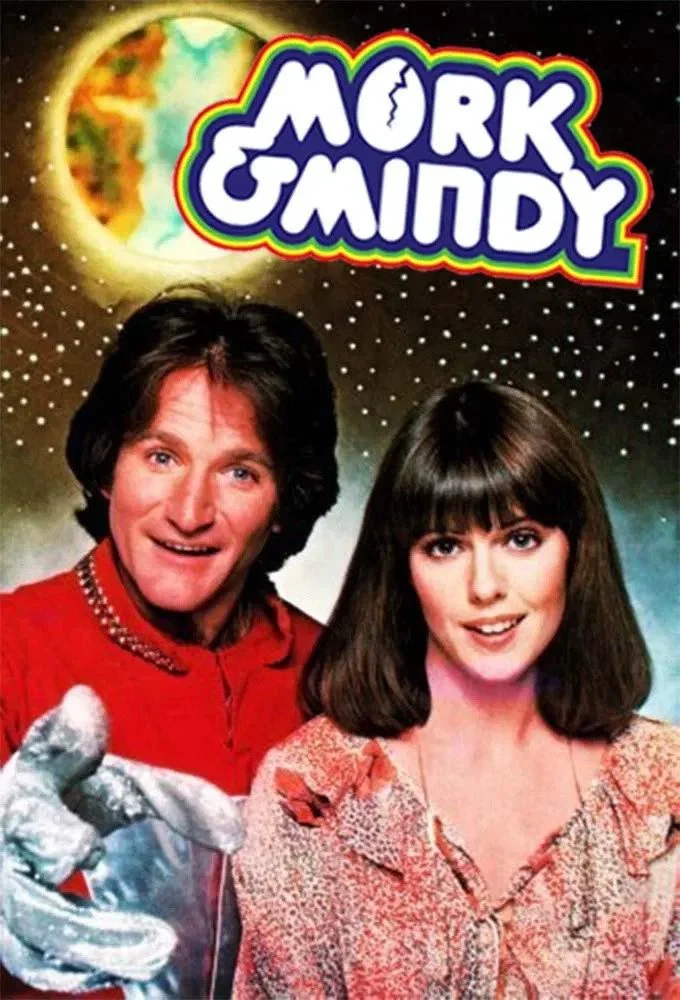
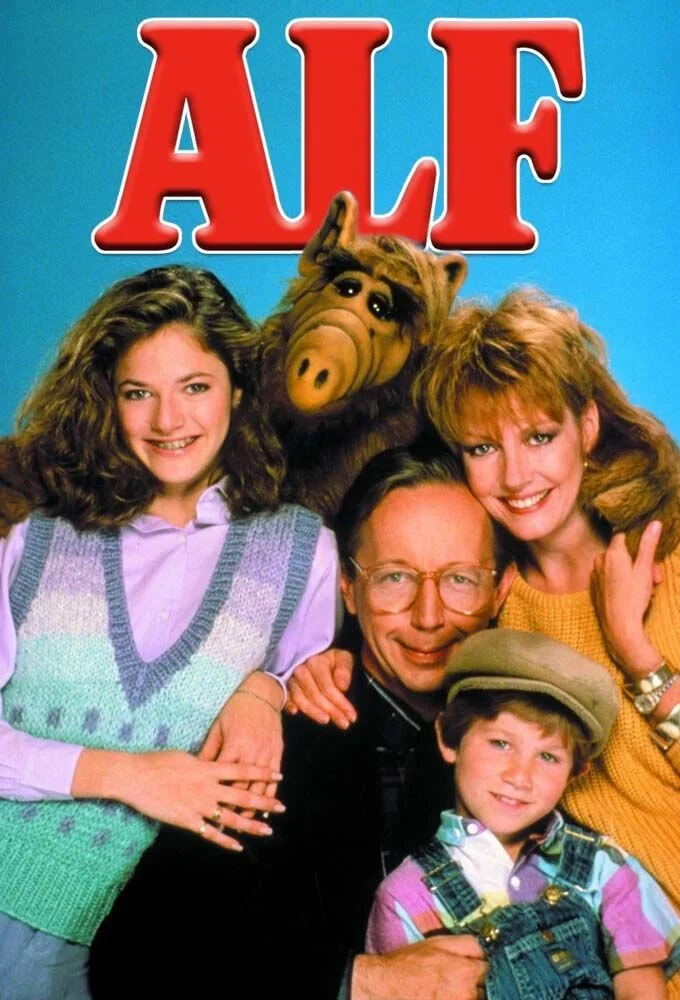




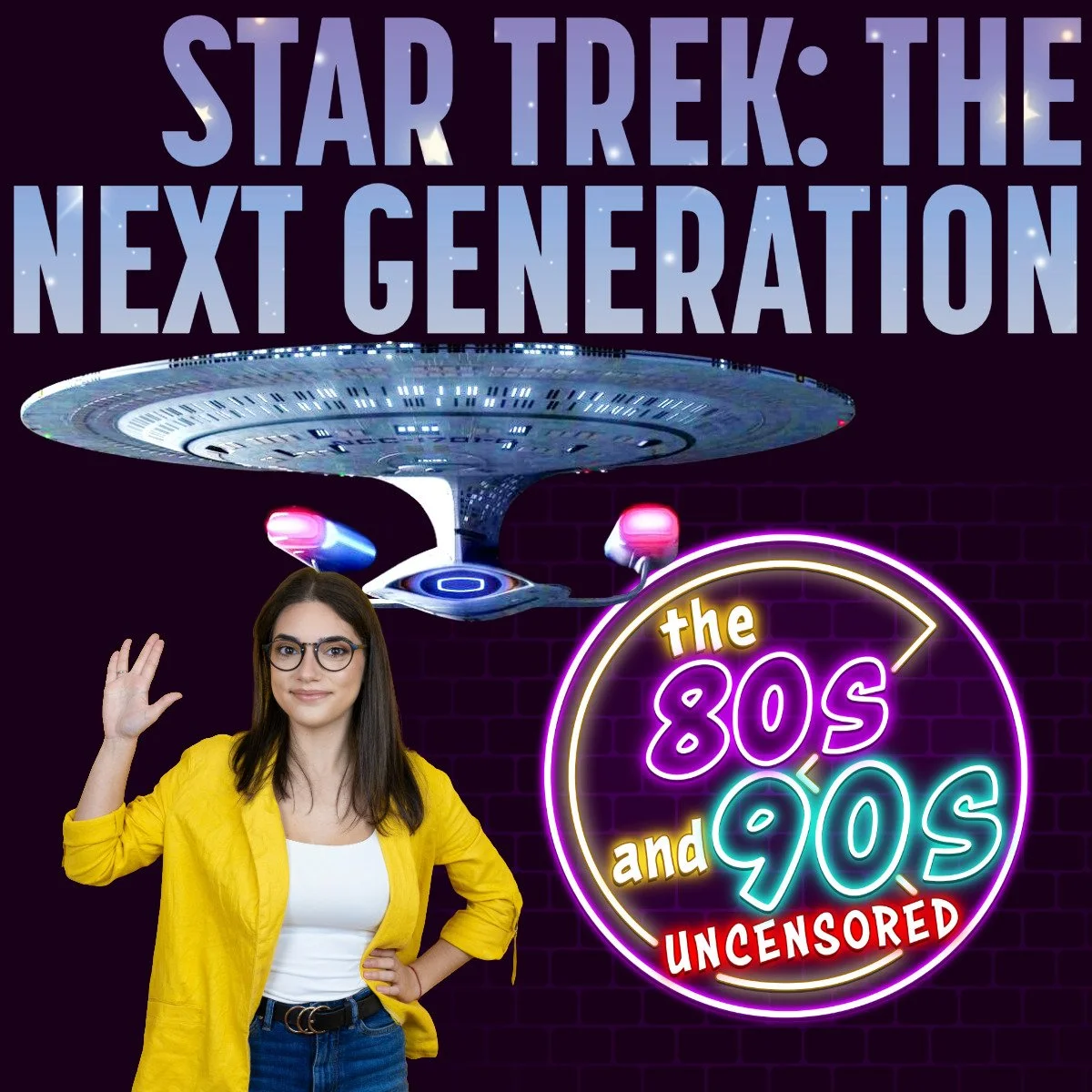









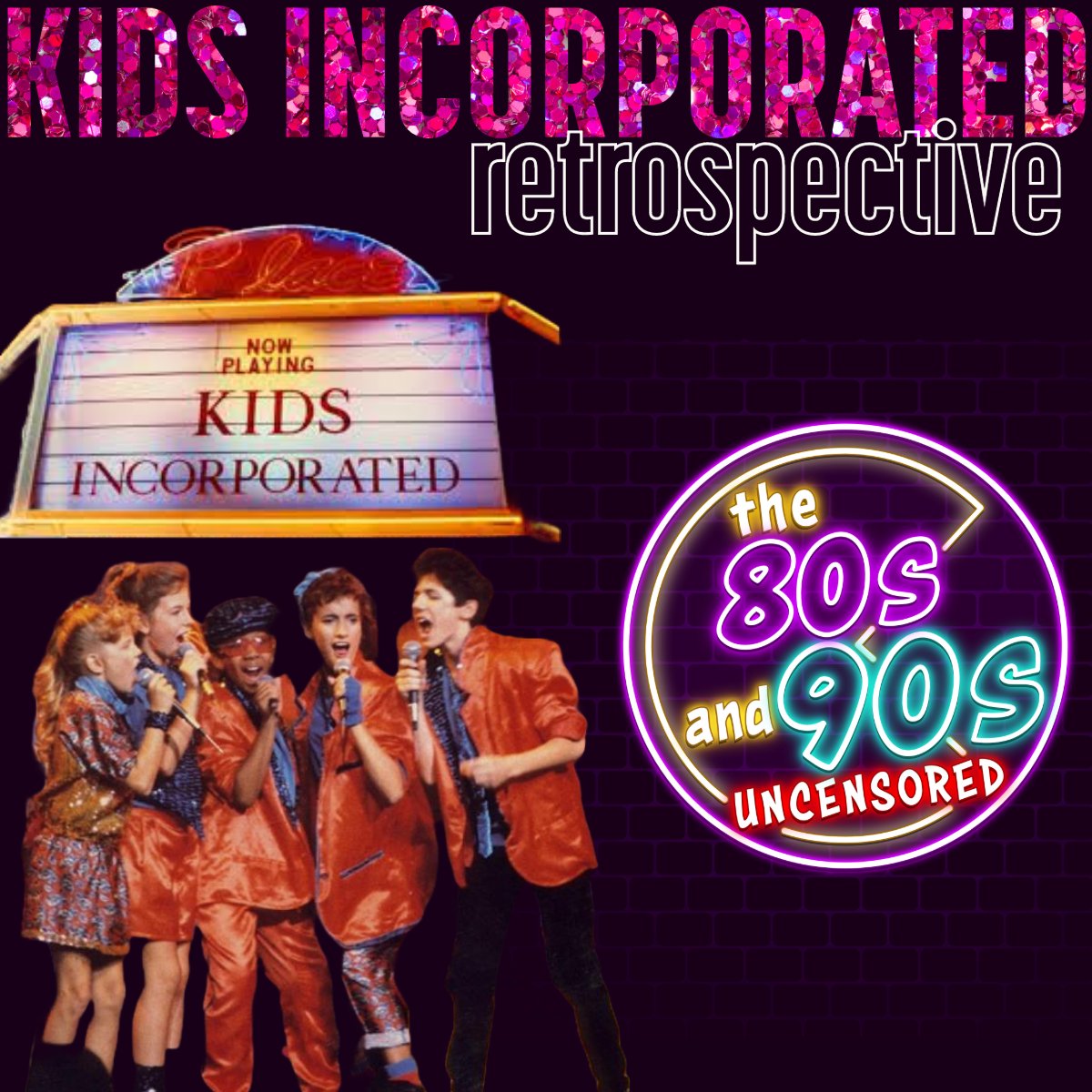

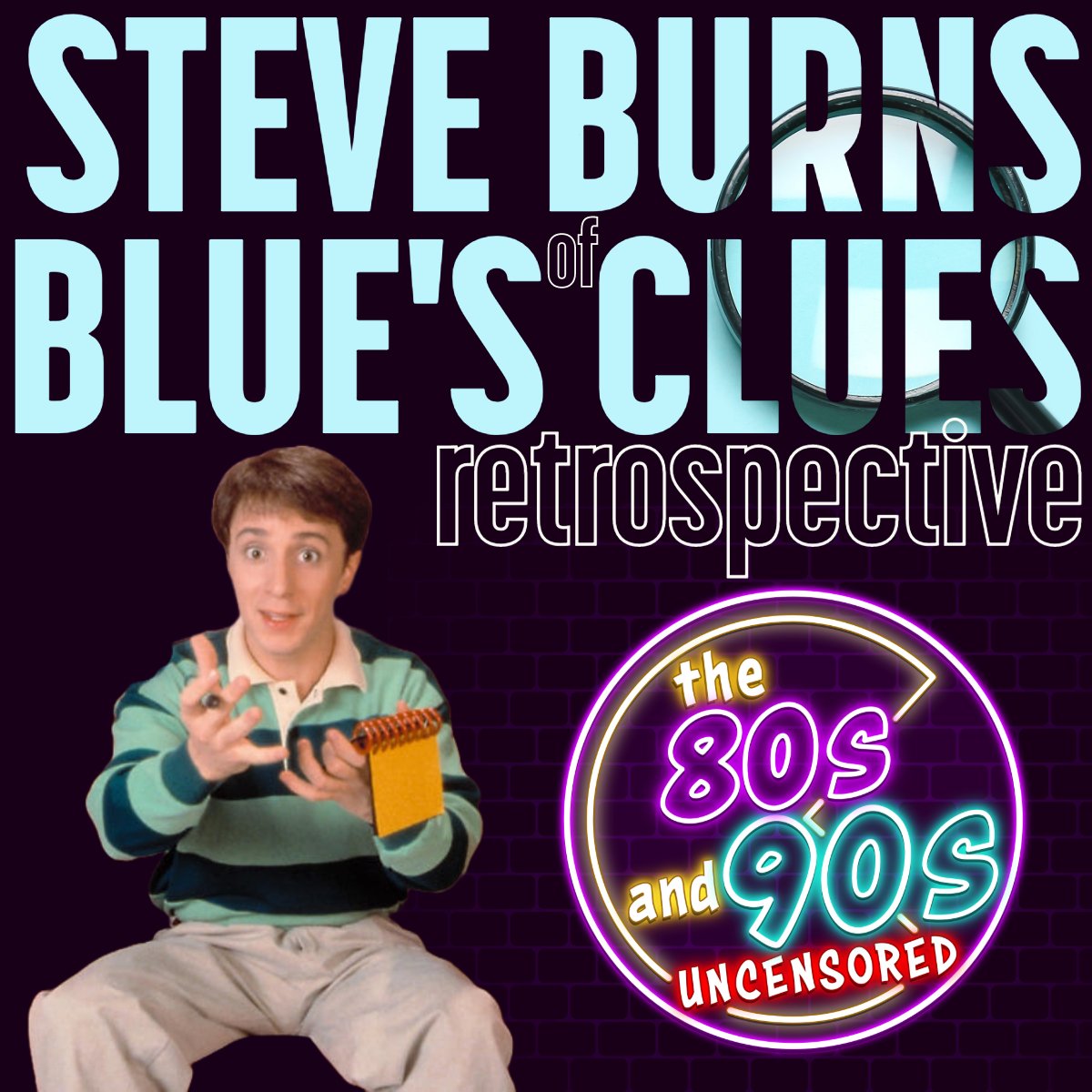


Every Halloween since 1990, The Simpsons has given the world an animated treat — The Treehouse of Horror. We do a retrospective of the history of the annual special.